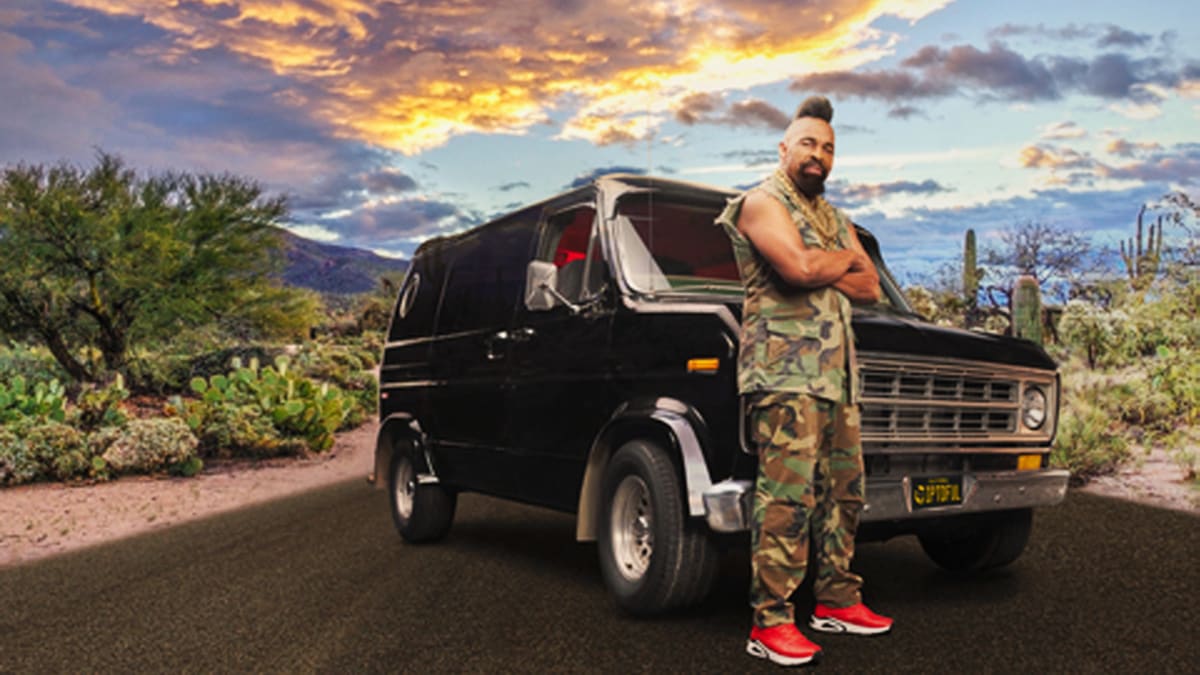
In the movie "Hot Tub Time Machine," five men are transported back to 1986 in, you guessed it, a hot tub that’s really a time machine.
Unaware at first of what happened, they wander into a cafe where clues abound: a Sony Walkman cassette player; Jheri curls; a ‘Where’s the Beef?’ shirt; images of Alf, Ronald Reagan, and MTV playing on various television screens.
Slowly realizing what has happened, one guy in the group, played by actor Craig Robinson, starts to panic. He grabs the arm of a girl.
“Excuse me miss. What’s the color of Michael Jackson?” he says.
“Black?” she answers.
“AHHH!” he screams as he runs out the door.
The scene demonstrates a kind of paradox in our culture today. Though no one actually wants to go back to the 1980s (hot tub or no hot tub), the brands and products retain a powerful stranglehold on our collective imagination.
And retailers, manufacturers, and investors are only too eager to exploit this nostalgia.

Going Back to the Well
Gap Inc. (GPS) recently said it will partner with Mattel to create clothing with Barbie and Hot Wheels, two brands that enjoyed massive popularity in the 1980s.
Skechers enlisted Mr. T, a popular 80s actor who appeared in "Rocky III" and "The A-Team," as its new brand ambassador for its footwear.
“I pity the fool who doesn’t see how easy I find my way into every comfortable pair!” Mr. T said in a statement.
Nike Inc. (NKE) reportedly received a sales bump for its iconic Air Jordans sneakers, thanks to the recent release of "Air," a film set in 1984 that chronicled how the footwear maker was able to sign a young Michael Jordan to a lucrative endorsement contract.
Earlier this year, Sony Group Corporation (SNEJF) released two new versions of its iconic Walkman, a product so successful during that decade that the word entered the Oxford English Dictionary in 1986. Under the new ownership of WHP Global, Toys R Us stores have re-emerged, this time inside Macy’s department stores.
And 1980s fashion trends like acid-washed jeans, oversized blazers, and metallic fabrics are making a comeback.
Nostalgia is nothing new in the retail industry. Tapping into a wellspring of warm feelings for a past brand or product is certainly a lot easier than creating new merchandise for people to love, especially apparel. Witness Gap’s disastrous partnership with Kanye West.
Trafficking in the past is also way more lucrative than focusing on the future. A 2014 study published in the Journal of Consumer Research found that consumers asked to think about the past were willing to spend more money than consumers asked to think about future memories.
“Participants who viewed an advertisement that prompted them to think about nostalgic memories,” the study said, “compared to those who viewed an advertisement that prompted them to think about making new memories, were willing to pay more for products.”
But what is it specifically about the 1980s that seems especially conducive to nostalgia?
The First Well-Documented Era
First, the decade marked an era of (some say excessive) consumption. The 1980s was a time of acquiring stuff, which could lead to enhanced social status. We were bombarded with ads for brands like Pepsi, Nike, Tommy Hilfiger, and CoverGirl, backed by iconic marketing slogans like “The Choice of a New Generation,” “Just Do It,” and, yes, “Where’s the beef?”
The 1980s also marked the emergence of a vibrant youth culture centered around the ultimate monument to U.S. consumerism: the shopping mall, perhaps best demonstrated by the film "Fast Times at Ridgemont High."
But retail strategy consultant DeAnn Campbell has another compelling theory.
Thanks to multimedia innovations like 24-hour cable, satellite television, camcorders, cassette tapes, VCRs, and portable devices like Walkmans and boomboxes, “the 1980s were really the first age we documented well,” said Campbell, who works at AAG Consulting/Armstrong Alliance Group. “It was the first time we had a crystal clear worldview into the age.”
In other words, nostalgia for the 1980s is rooted in our vivid, detailed memories of the era. And for younger people like Gen Z, who like to co-opt pop culture from earlier generations, the internet and social media allows them to readily access the images and sounds of the decade so readily captured by technology.
That’s probably why younger people, more than other generations, love to incorporate nostalgia into their fashion choices. A survey by Age & Gender found that 23% of adults aged 18-24 said they factored in nostalgia “a lot” when shopping for clothing, compared to 17% for 25 to 34-year-olds, 5% for 35 to 54-year-olds, and 4% for 55-year-olds and older.
Products? Yes. Stores? No.
But Campbell says nostalgia does not work on everything from the 1980s. Take, for instance, the retailers themselves. Multiple attempts to bring back Toys R Us and Radio Shack have largely fizzled.
That’s because it’s a lot easier to recreate products than experiences, at least in a way that’s sustainable, she said. Recreating the feeling of a store takes a lot more work and you still need to balance nostalgia with relevance, Campbell said.
For example, people may have fond memories of visiting a Toys R Us store as a kid. But as adults, they are now accustomed to modern day concepts like omnichannel shopping, one day shipping, and curbside returns.
Nostalgia, as it turns out, has its limits. Even when it concerns the irresistible nature of the 1980s.







